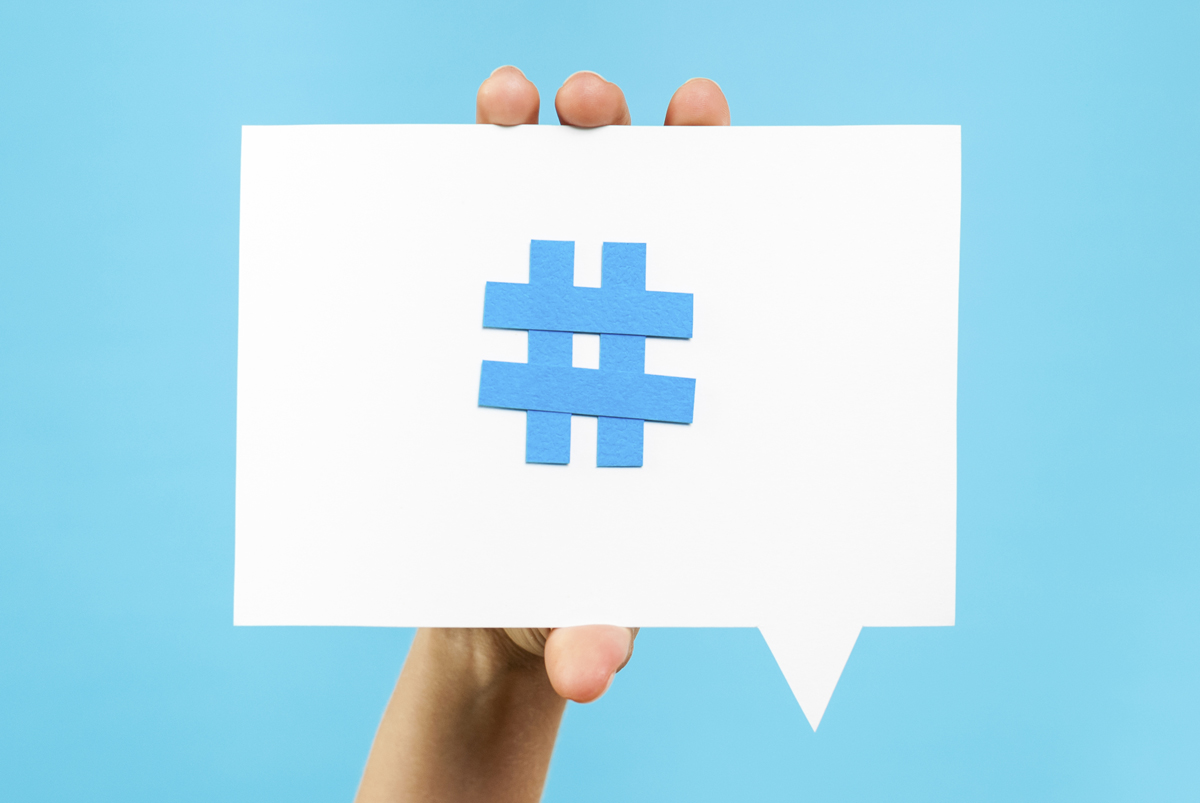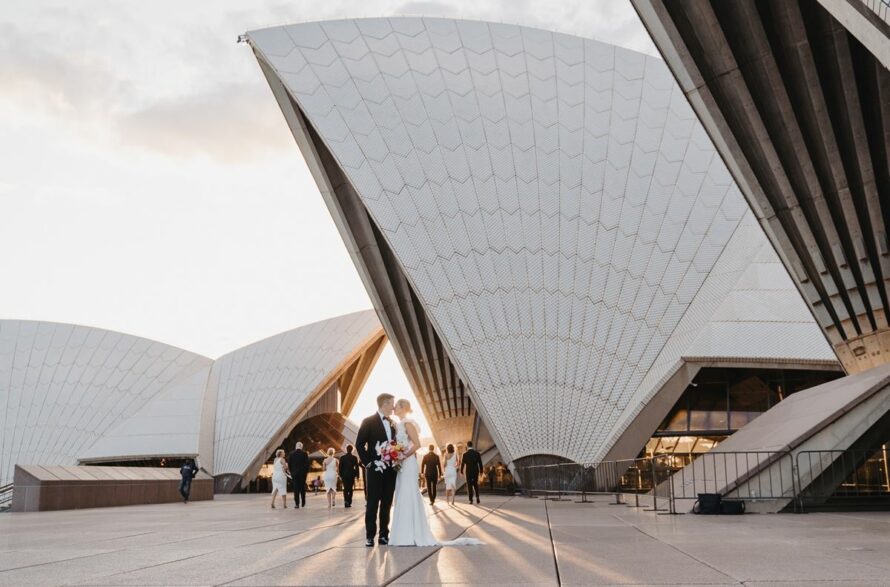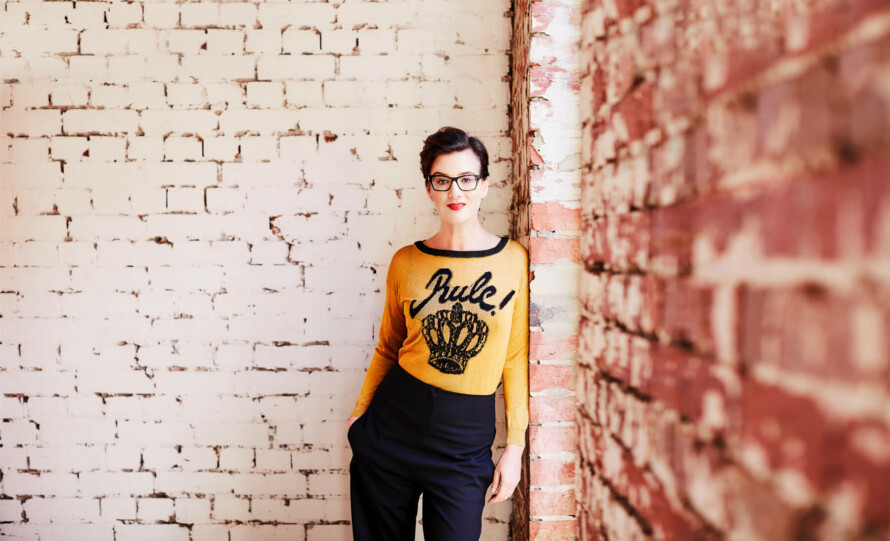The humble hashtag can help identify potential customers, aggregate keywords and information into a single stream for easy viewing, and, despite having very little marketing value, when #UsedOutOfContext, hashtags have reached international meme-status. So how should you select and use a hashtag to spread your marketing messages?
Let’s find out proper hashtag etiquette for maximum exposure, along with some very clever – or coincidental – ways for attracting attention with hashtags.
1. Spaces
The reason search functions can identify and categorise hashtags is because they know exactly which part to index: the characters immediately following the ‘#’ symbol. If you put spaces between words, only the first group of characters will register and the remainder will be lost, so #KeepItTogether and add capitals to differentiate words where needed.
2. Industry specific
What would you be searching for if you were a #bride looking for #WeddingInspiration? Make your hashtags as closely related to your business and as relevant to the content you’re sharing as possible. #BestDressEver or #CakesToDieFor will likely attract less attention than a simple, straightforward tag like #WeddingDress or #WeddingCake. While they might be simple, they are closer to what prospects will search to find your products than long-winded, ambiguous descriptions that might add comedic value to your update, but which won’t be remotely funny if nobody sees it.
3. Short’n’sweet
We’re going to go out on a limb here and say that nobody has ever searched Twitter for the hashtag #AustraliasCheapestLuxuryCarHireForWeddings. Break your tags down to more regularly searched terms and restrict the amount of tags to no more than three. For this example, the hashtags could have been simply #LuxuryCars, #CarHire and #Weddings. And don’t be afraid to spy on competitors and see what they’re hashtagging and how popular those particular posts have been.
4. Own it
The only time that obscure, lengthy or seemingly unrelated hashtags are OK is when used to attract submissions for a giveaway or crowd source content from followers, which involves creating a unique hashtag as a way to categorise entries or content in one central location. The chances of anybody who hasn’t entered your competition to ‘win a wedding dress’ using the hashtag #GoddessNeedsWeddingBodice are slim, so it makes finding entrants (or crowd sourced content) easy to find. If you have a unique business name or are running an industry event, you can also create a hashtag for that particular event and promote it across multiple platforms to create hype and drive community engagement.
5. Review it
Not all hashtags are created equal. Sometimes when a series or words are joined together in typical hashtag run-on-word style, they lose their intended meaning and take on a whole new persona. If all publicity is good publicity, then the following hashtags worked wonders for raising the profiles of the individuals and companies involved. In any case, be sure to review your hashtag before unleashing it on the world to avoid embarrassment and hilarity-inducing responses.
#susanalbumparty
Yep, this actually happened in 2012 when the former Britain’s Got Talent contestant turned unlikely star Susan Boyle announced her album launch on Twitter. The unfortunate string of uncapitalised characters were quickly changed to #SusanBoylesAlbumParty, but thanks to her PR team’s mishap, her launch enjoyed unexpected levels of media attention.
#nowthatcherisdead
Cher died? What?! When?! …….No. Cher is alive and mysteriously looking younger than ever. In April 2013 when former British Prime Minister Margaret Thatcher passed, critics created a hashtag which called into question the mortality of cannon-straddling singer, Cher.
As the Twitter Advertising Blog explains, the best hashtags are used across a variety of platforms to maximise adoption and engagement. For help deciding how to choose hashtags for your brand and social media messages, visit the Twitter Advertising Blog and check out their CHOOSING A # infographic to find out if your hashtag is adding value to the conversation, or adding noise to an already cluttered social space.



